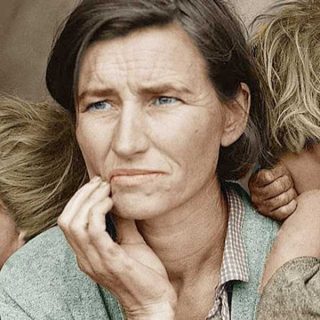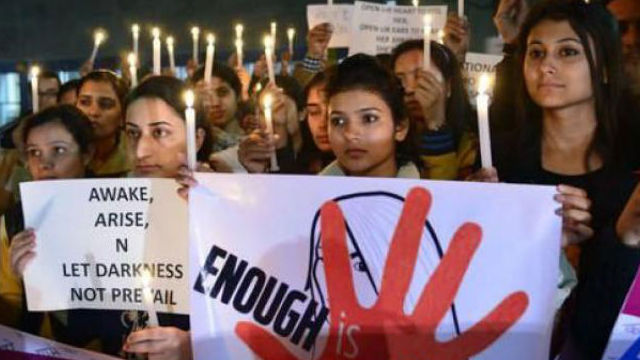Why women don’t trust the government and police?
I am born and brought up in the Indian capital, New Delhi and have spend 24 years of my life in the city, where sexual abuse and exploitation is a customary trend. It even crosses the line into rape somewhere in the city and The National Crime Records Bureau (NCRB) has an even more horrible statistic, which states that every 20 minutes, a woman is raped somewhere in India.
As a teen, I learned to guard myself, even before my parents taught me the same. I never stood alone in isolated places and walked quickly, crossing my arm over my chest, with my eyes on the floor, refusing to make contact or smile while walking on roads or travelling by public transport. I avoided leaving the house after dark. At an age when a girl is excited about trying out the daring and bold looks, I used to wear clothes two size larger, so that I don’t expose myself.
However, things did not change even when I became an adult. The sound of whistles, catcalls, jeers, sexual intimations and open threats continued. Groups of men loitered on the streets, singing Hindi film songs, rich with double meanings, to make their demands clear and even worse they would shove their pelvises at female passers-by. Fearing worse, I started carrying pepper spray, pen knife and other makeshift weapons like safety pins and blades while travelling.
It was not just the public space that was treacherous. Even in office, doctor’s clinic, house parties, family functions, one could not escape coercion.
In August 2013, I shifted to Mumbai, the financial capital of India, which is considered to be the safest city for women in comparison to other cities. Excited over new freedom, I started exploring the cosmopolitan and free-thinking city and travelled using public transit late at night. I was thankful for the relatively safer environment of Mumbai and was exploiting this opportunity to the whole.
However, this ‘safe city’ image was spoilt, when a 22-year-old photojournalist was gang-raped by five men in an abandoned textile mill complex in a posh area of central Mumbai on 22nd August, after her male colleague was beaten and tied-up.
The Mumbai gang rape mirrored the sexual assault in a bus in Delhi on a young woman last year, who eventually died in a Singapore hospital. The incident in the commercial city has shocked the entire nation, triggering fresh demands for death to rapists. The accused allegedly also shot pictures of the crime on mobile phones and threatened the victims with dire consequences, if they complained to police.
To keep the confidentiality of the sufferer, her name was not released in public. Though, she remains nameless, but not faceless. To see her face, women only have to look in a mirror. India has laws against rape, seats are reserved for women in public transport and even in Parliament, there are separate coaches for women in Mumbai local and the Delhi metros, special police help lines are operating, but these measures have been inadequate in the face of a male chauvinist and patriarchal society. It is a social order, which believes that the nastiest facet of rape is the tarnishing of the victim, who will not be able to find a man to get hitched with and thus the solution is to marry the rapist.
These thoughts are not just restricted to the living rooms but are uttered candidly. After the news of Delhi gang-rape, some top political leaders had ascribed the rising rape figures to women going out in the night and using mobile phones. A Congress party leader from Andhra Pradesh, Botsa Satyanarayana, was quoted ‘Just because India achieved freedom at midnight does not mean that women can venture out after dark’.
As posted in Indian Express, India’s crime records have revealed that the country’s commercial capital witnessed 647 rape and 1,877 molestation cases in the last three years. According to the National Crime Records Bureau, there were 1,781 incidents of crime against women in Mumbai in 2012 which include 234 rapes, 614 incidents of assault on women with the intent to outrage her modesty and 235 incidents of insult to the modesty of women.
The number of protests and demonstrations by public clearly indicate that change is achievable, but only if the police register reports of rape and sexual assault and the court cases have to be fast-tracked.
Talks and debates are doing rounds as to who will be the Prime Minister of India in 2014, but I would opt for a government, who assures me the safety of women on priority.





